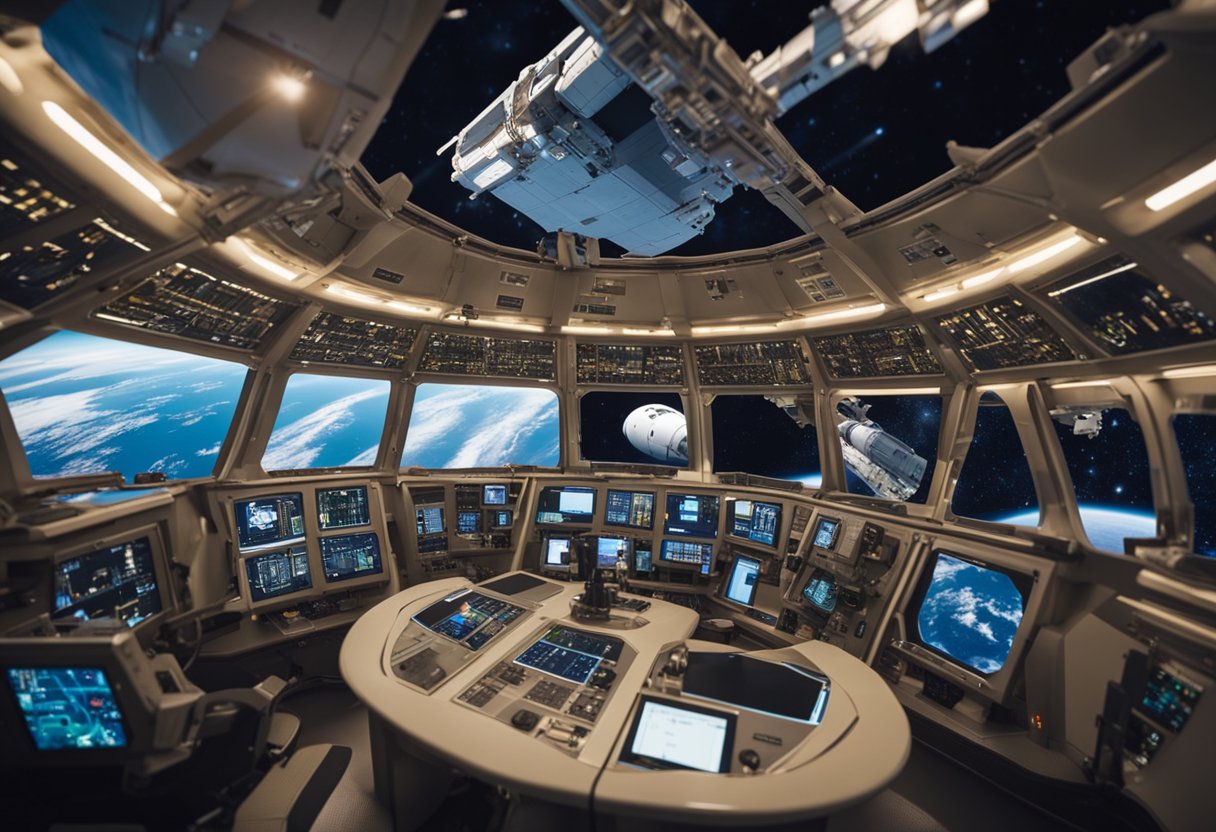
Space Tourism Milestones: Space tourism represents one of the most exhilarating frontiers of adventure and exploration in the modern era. We’ve witnessed astounding progress from early theoretical concepts to tangible experiences for private individuals beyond the Earth’s atmosphere. The achievements in this domain underscore a pivotal transformation in how we perceive space travel, transitioning from an exclusive endeavour reserved for astronauts to an emerging market with commercial opportunities for the public.
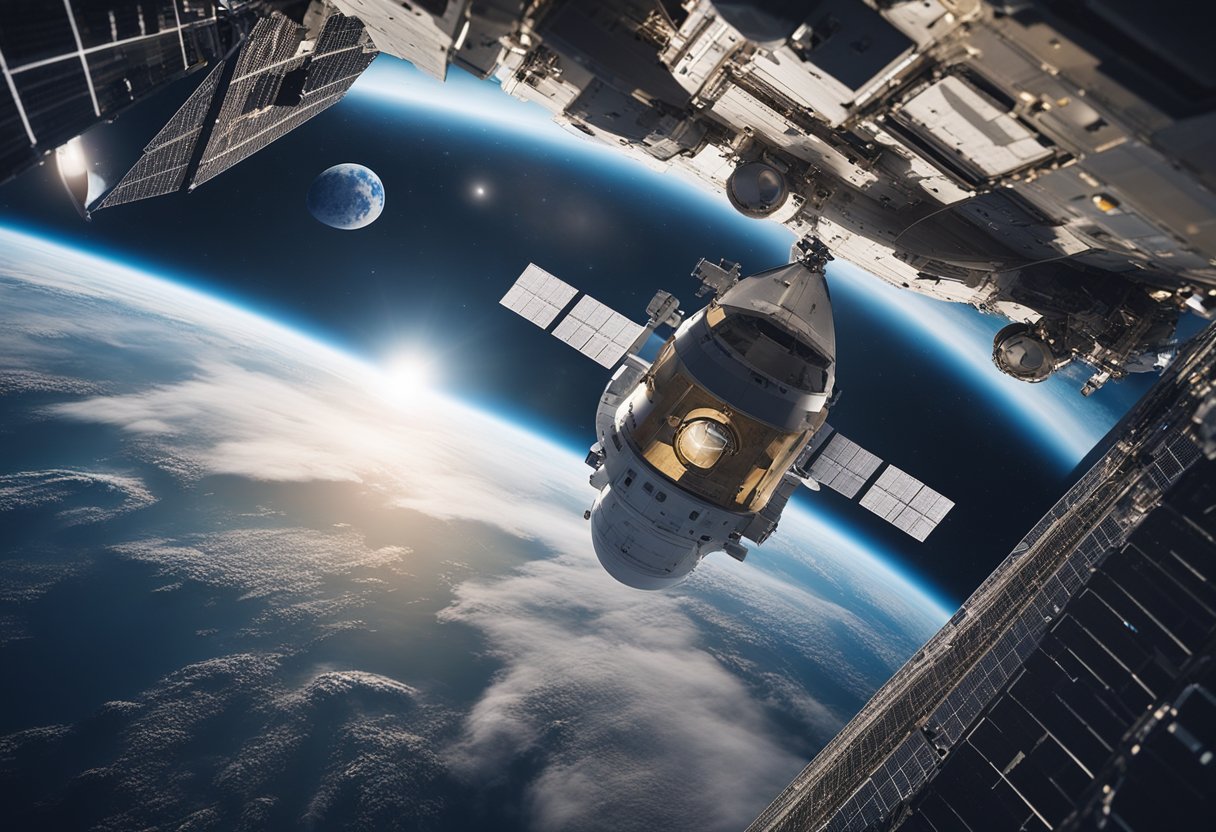
The journey began with significant pioneering flights, paving the path for an industry that is rapidly expanding its boundaries. Technological innovations have played a critical role, enabling the design of vehicles and systems that meet the rigorous demands of space travel. Crucial developments have also occurred in constructing space stations and habitats that accommodate the unique needs of tourists rather than just professional astronauts. These milestones are just the beginning as we continue to push the envelope of human spaceflight.
As we examine the evolution of space tourism, it’s important to note two pivotal areas: the early conceptualisation of space travel for leisure and the subsequent emergence of companies making these concepts tangible.
Space tourism was once a realm of science fiction, with imaginative minds predicting the potential of commercial spaceflight as early as the 20th century. The thought of civilians travelling to space captured the imagination of writers, scientists, and the public alike. This theoretical groundwork laid the foundation for actualising such ambitious objectives.
The possibility of commercial space travel became real with the laudable journey of the first self-funded space tourist, Dennis Tito, in 2001. Following this groundbreaking event, companies like Virgin Galactic and Blue Origin forged pathways towards accessible space tourism. Virgin Galactic’s methodical steps towards suborbital flight have made significant progress in the industry. Similarly, Blue Origin’s successful launches from their stateside spaceports signal a vibrant future for civilian space excursions. Now, dedicated platforms such as SpaceVoyageVentures.com capture the rapidly evolving landscape of space tourism, presenting enthusiasts with a glimpse into prospective voyages and emerging opportunities.
In this section, we provide an overview of pivotal moments in the evolving narrative of space tourism, which include groundbreaking journeys and the expansion of tourism opportunities beyond Earth.
In 2001, Dennis Tito made history as the first paying space tourist when he flew to the International Space Station (ISS). His trip signalled the inception of the private spaceflight industry, revealing the potential for civilian visitors to outer space.
The advent of suborbital flights marked a significant stride forward, with companies like Virgin Galactic testing commercial spaceplanes. Thus far, these flights have provided passengers with a brief experience of weightlessness and a glimpse of the Earth from the edge of space.
We’ve witnessed a broadening scope of orbital flight as companies, including Blue Origin, continue to pursue the possibilities of private individuals exploring space. These efforts represent a leap from suborbital experiences, with the ambition to enable tourists to spend days in orbit, rather than mere minutes.
In the realm of space tourism, we’ve witnessed monumental advancements in technology that have been pivotal in steering the industry forward. From cutting-edge spacecraft design innovations to stringent safety and regulations, each development plays a crucial role in the evolution of space travel for tourists.
We have observed remarkable progress in the design and engineering of spacecraft. The emergence of reusable rockets has revolutionised our ability to access space in a cost-effective manner. A notable development can be seen through Inspiration4’s mission, which utilised SpaceX’s Crew Dragon spacecraft. This vessel is designed for efficiency and reusability, significantly reducing the cost per trip to lower Earth orbit.
We place an unparalleled emphasis on ensuring the safety of space tourists. Collaborations with organisations such as NASA and the Federal Aviation Administration (FAA) are crucial in developing stringent safety protocols.
The role of the FAA is to oversee these regulations and ensure all commercial space flights from US soil adhere to the highest safety protocols, potentially serving as a model for international standards. At the core of these efforts is the focus on protecting the well-being of every passenger who dreams of venturing into space through entities like SpaceVoyageVentures.com.
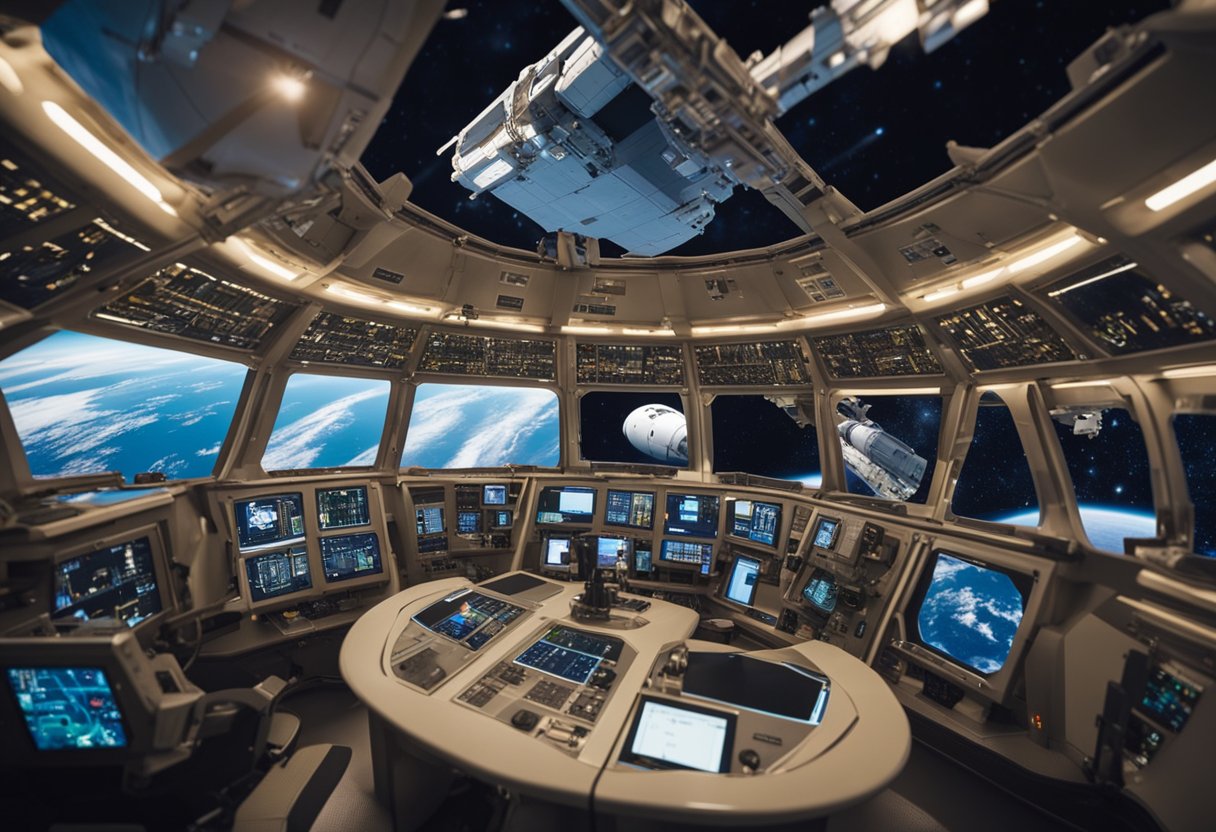
We are witnessing an unprecedented era in which not only astronauts but also private citizens have the opportunity to visit and stay at sophisticated space stations. The International Space Station (ISS) has been a symbol of international cooperation and human presence in space, and now with private ventures like Axiom Space, we are on the brink of a new chapter in space habitation.
The ISS has hosted astronauts from various nations since its inception in 2000. Its modules are equipped to support human life in Earth’s orbit, facilitating scientific research and international partnership. Recently, we’ve seen a remarkable shift with visits by private individuals. This not only marks considerable interest and investment in space tourism but also potentially expands the scope of research as diverse participants bring varied perspectives.
Past Visits:
Future Prospects:
The realm of private space habitats is no longer science fiction. Axiom Space plans to establish the first commercial space station, which begins by attaching its own modules to the existing ISS. Upon the ISS’s decommissioning, these modules could detach and form an independent station. This advancement heralds a future where space travel is more accessible, and space becomes a destination, not just for exploration but also for inhabitation and even tourism.
Upcoming Projects:
For further reading on space tourism milestones, and to keep up-to-date with both current and future space travel opportunities, we recommend visiting SpaceVoyageVentures.com.
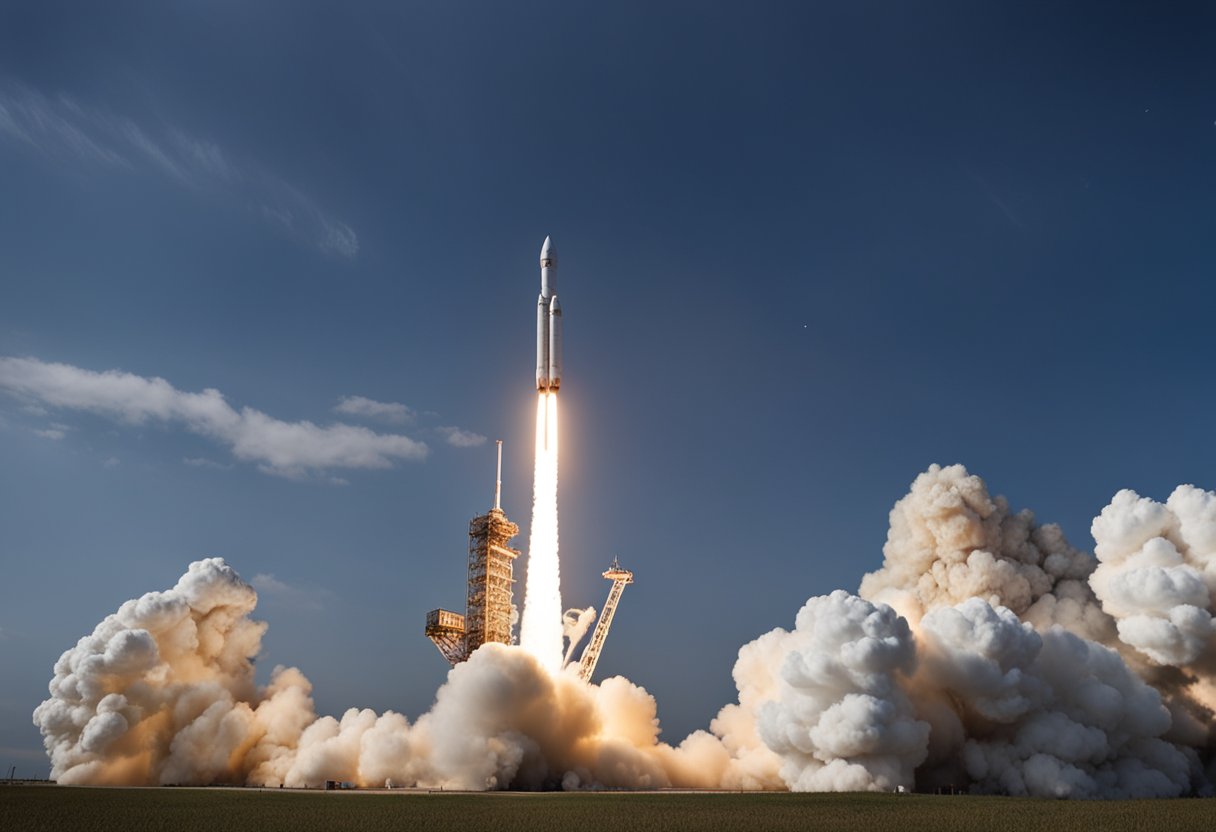
In this section, we detail the transformative events that have marked the era of human spaceflight—from the initial ventures beyond Earth’s atmosphere to our first brushes with the lunar surface.
On 12 April 1961, humanity witnessed a defining moment in space exploration when Soviet cosmonaut Yuri Gagarin became the first human to orbit the Earth. His voyage aboard the Vostok 1 capsule was a monumental success and signalled the beginning of manned space exploration. Shortly thereafter, on 5 May 1961, the United States propelled Alan Shepard into space, marking its entry into human spaceflight and solidifying the competitive spirit of the era.
The United States made a tremendous leap on 21 July 1969, as Neil Armstrong became the first person to walk on the Moon, proclaiming it “a giant leap for mankind.” This mission, Apollo 11, was preceded by a critical milestone achieved by Apollo 8, which, in December 1968, saw the first humans enter lunar orbit. These missions did not only demonstrate the possibility of lunar exploration but also set the groundwork for future aspirations in human spaceflight.
As we reflect on these pivotal moments in space history, our gaze steadily turns to the future. SpaceVoyageVentures.com provides a glimpse into the prospective domain of space tourism, where such achievements in human spaceflight are the cornerstones upon which the industry builds, promising a new chapter for ordinary individuals to experience the extraordinary realm of space.
Space tourism represents a bold step in the continuum of human curiosity and endeavour that space exploration encompasses. From the first artificial satellite to intricate planetary probes, our quest to reach beyond Earth’s atmosphere has led to a rich history of milestones.
Since Sputnik heralded the space age in 1957, we’ve sent numerous probes to study our planetary neighbours and the moon. The Apollo 13 mission, although not successful in landing on the moon, was a critical event that showcased our resolve in the face of adversity. Our lunar aspirations didn’t end there; we’ve continually sent sophisticated hardware to orbit and traverse the moon’s surface to gather invaluable data.
The evolution of space exploration is marked by initiatives like the Apollo-Soyuz Test Project, which served as a precedent for international co-operation in space, and the erstwhile Soviet Union’s Salyut 1, humanity’s first space station. Today, Mars is a focal point for exploration with multiple rovers analysing its surface. What once was the realm of government-led projects has transitioned to the private sector, with ventures such as SpaceX making space more accessible. Now, with ventures like SpaceVoyageVentures.com, the promise of space tourism is turning from a future possibility to a current reality. We stand on the threshold of a new era where Mars and our moon are not just destinations for rovers but potentially for tourists as well.
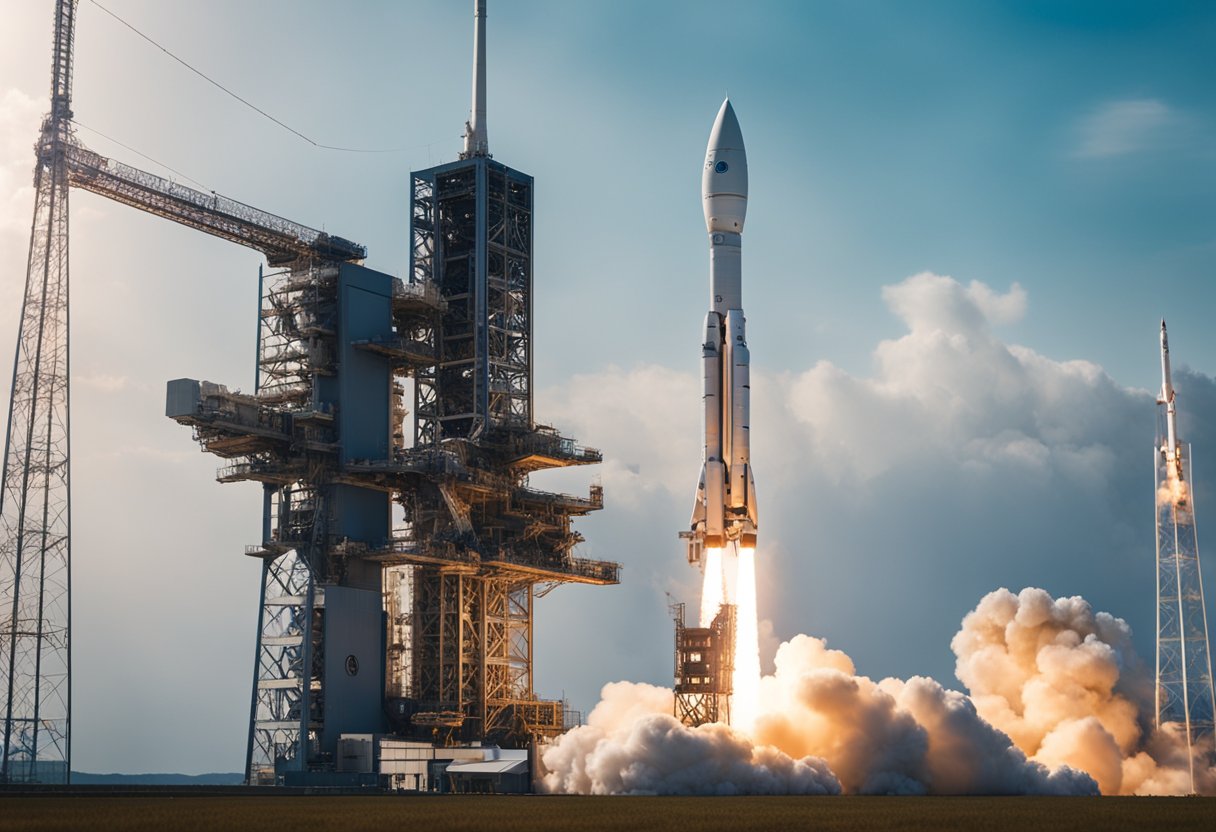
In space tourism, both scientific investigation and commercial enterprise play pivotal roles. Our review unearths how microgravity experiments and the growing participation of private companies are shaping the industry.
The allure of weightlessness is not only a tourist attraction but also a unique condition for conducting science in space. Aboard the International Space Station (ISS), tourists have the opportunity to participate in microgravity experiments which have applications across a number of scientific fields. These experiments, often facilitated by agencies like NASA, contribute to our understanding in areas such as aeronautics and material sciences.
The private sector’s involvement has been instrumental in spurring the growth of space tourism. Companies, inspired by science and the potential for new markets, are investing heavily in developing space-bound experiences for tourists. Our attention is drawn to SpaceVoyageVentures.com, a website chronicling the evolution of space tourism, from conceptual trips to imminent voyages, furthering private participation in this burgeoning field.
As we venture into the unprecedented era of space tourism, our ambitions stretch beyond mere sightseeing trips to low-earth orbit. We’re witnessing a remarkable evolution of commercial space travel, with companies like Virgin Galactic leading the charge by offering suborbital flights. The trajectory of this nascent industry is defined by innovation and enthusiasm, with an eye towards long-term habitation and even interplanetary excursions.
The landscape of space tourism is rapidly advancing, with market trends reflecting an increased appetite for extra-terrestrial experiences. The emergence of commercial space flights has democratised access to what was once the exclusive realm of astronauts. Notably, the sector is set to burgeon into a lucrative industry, with projections estimating its worth to reach hefty figures by the end of the decade.
The potential for SpaceVoyageVentures.com to document and offer insights into these developments is immense—enabling enthusiasts and potential travellers to stay abreast of the latest opportunities.
Our vision for the future includes sustainable long-term habitation in space. With each mission, we lay the groundwork for more permanent structures, from orbiting hotels to eventual colonies on other planets such as Mars. Our understanding of living off-Earth continues to mature as we address challenges like life support systems, radiation protection, and psychological well-being in isolated environments.
We are ushering in an exciting chapter in human history, as space tourism not only offers a glimpse of our planet from orbit but also plants the seeds for future generations to live amongst the stars.
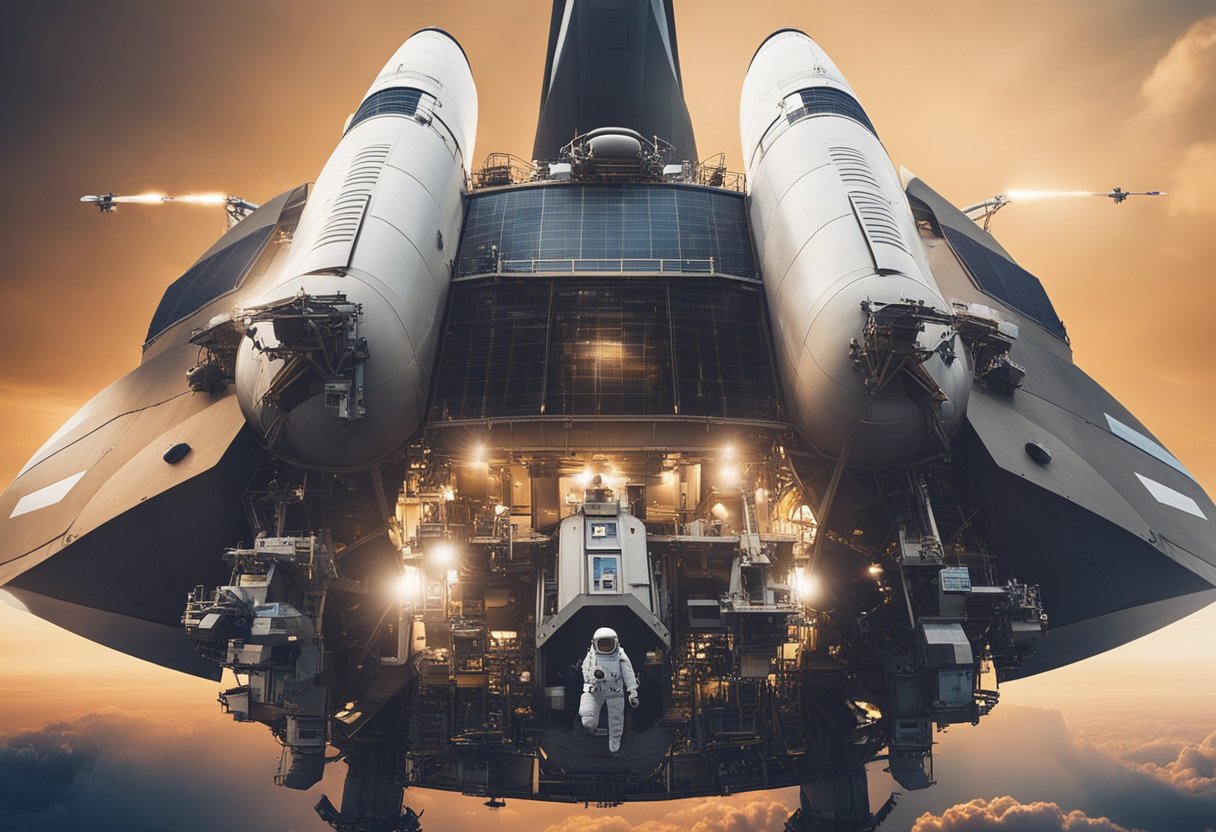
Navigating the complexities of space regulations, we explore the impact on the burgeoning space tourism industry, including how federal oversight shapes the future of commercial space travel.
In response to the growing interest in commercial space travel, governments have implemented policies to guide this innovative sector. The Federal Aviation Administration (FAA) plays a pivotal role in the United States, overseeing national airspace and the safety of space travel. Notably, the Commercial Space Launch Amendments Act of 2004 was instrumental in providing a framework for developing business models and safety standards in the space industry. Private companies are allowed a “learning period” to refine their operations before stringent regulations are put in place, which has fostered growth and experimentation within the field.
The entrance of private companies into space travel, historically dominated by vessels like the Soyuz, has changed the landscape of the industry. As regulations evolve, we expect to see an increase in the availability of space tourism options. Companies like those featured on SpaceVoyageVentures.com exemplify this trend, highlighting trips currently on offer and those that are on the horizon. The challenge for regulators is to ensure the safety of passengers and crew while not stifling innovation within this exciting field of aviation. Our understanding of these regulations and their adaptations will be crucial for the future direction of space tourism.
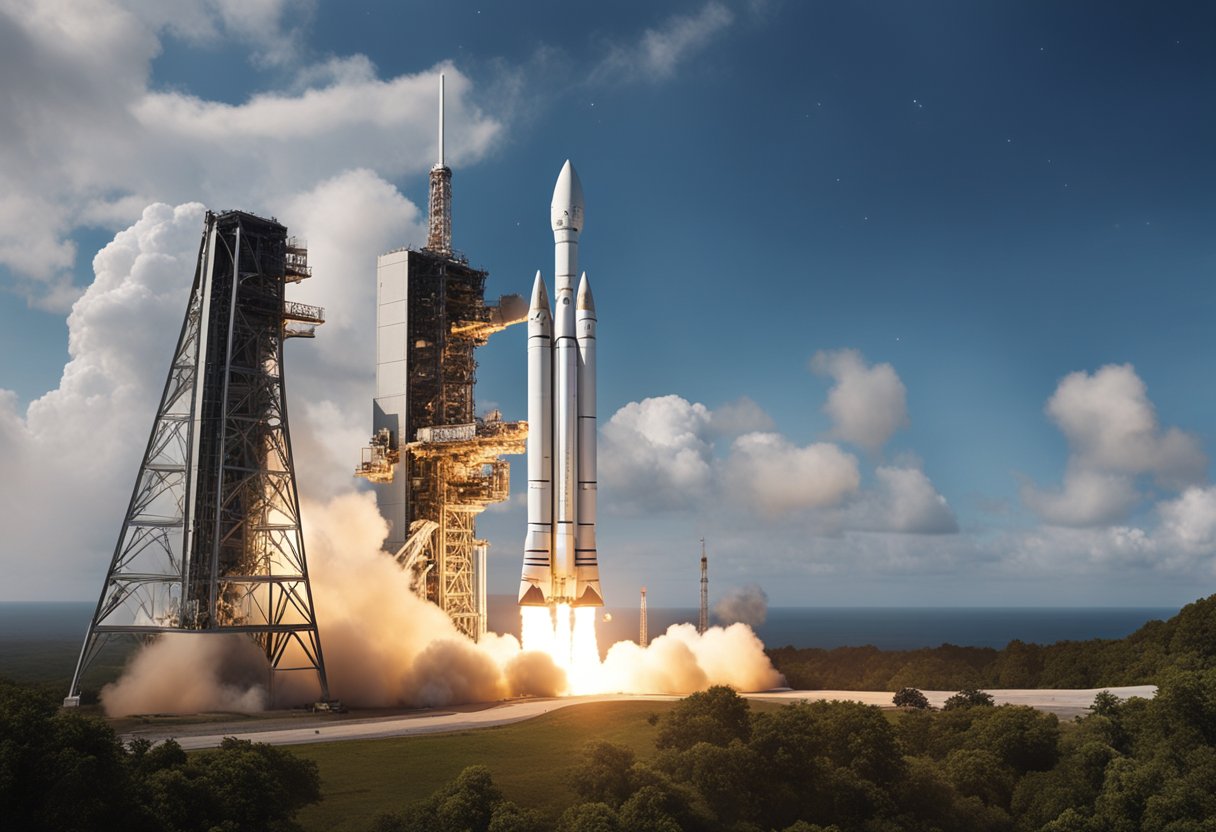
As we explore the burgeoning industry of space tourism, two significant challenges loom: the health and safety of participants and the environmental impacts of space flight.
Health and Safety are paramount in the space tourism industry. Launching civilians into space presents unique medical challenges that we must meticulously address. Unlike professional astronauts who undergo rigorous training, tourists may not have the same level of physical fitness or acclimatisation. The effects of microgravity on the human body, including muscle atrophy and radiation exposure, warrant thorough pre-flight health checks and the development of safety protocols on board the space shuttles to mitigate risks.
Environmental Impact is a growing concern with the increase in space flights. Each launch requires propellants which, upon combustion, release copious amounts of greenhouse gases and black carbon into the higher layers of the atmosphere, potentially impacting the Earth’s climate and ozone layer. The long-term sustainability of space tourism hinges on our ability to innovate and implement eco-friendly technologies that minimise the ecological footprint of our celestial ventures.
By acknowledging and addressing these challenges head-on with the help of dedicated research, we aim to support the safety of the crew and passengers while preserving our planet. We appreciate the lessons learnt from past tragedies like the Columbia and Challenger, ensuring that the assistance we provide to tourists is steeped in the latest advancements and best practices in space travel safety. Our endeavours also align with the pioneering spirit of sites like SpaceVoyageVentures.com, which heralds the new epoch of space exploration for humanity.
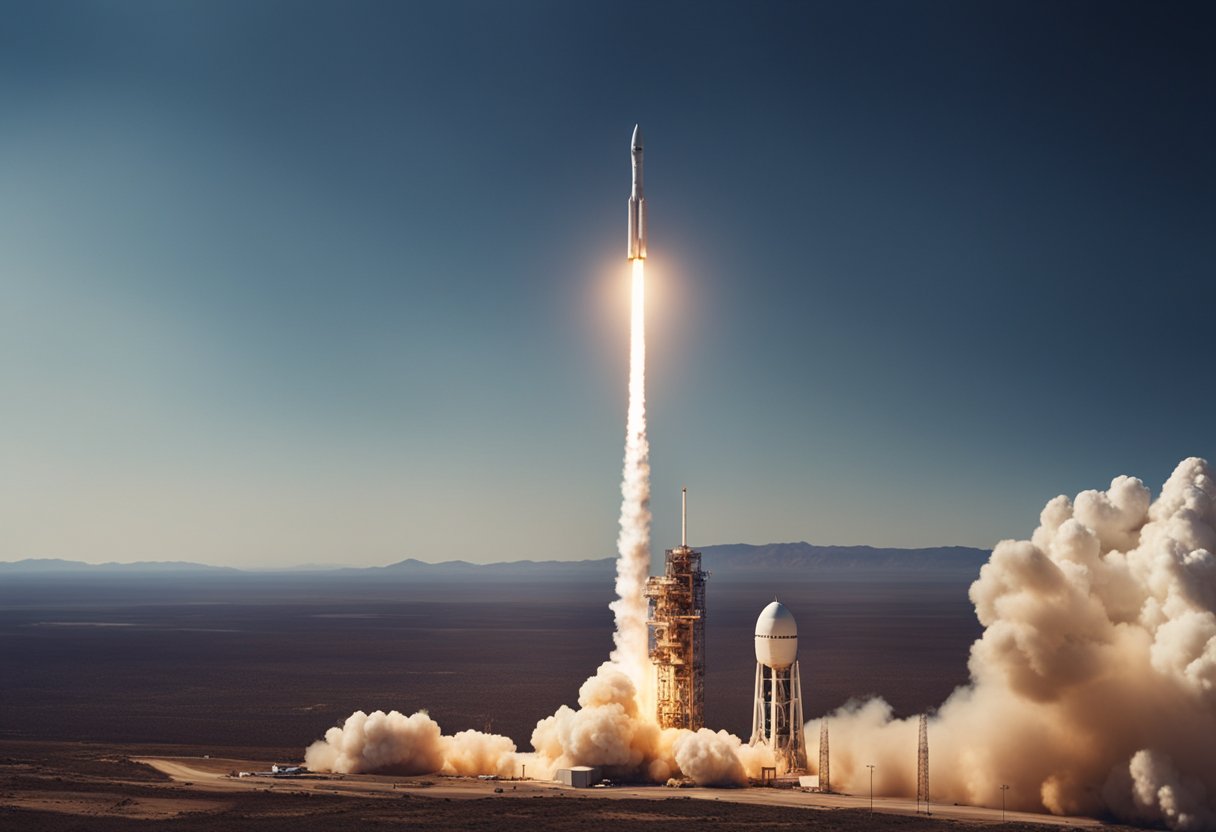
In examining the strides made in space tourism, we can’t ignore the profound educational and cultural impact it has had. Space exploration has always sparked curiosity and awe, pushing us to rethink our place in the universe and inspiring educational pursuits in STEM fields.
We’ve witnessed how astronauts like Neil Armstrong and Sally Ride have encouraged countless individuals to dream big and aim for the stars. The concept of a teacher in space, notably advanced by the Challenger mission, continues to underscore the importance of education in relation to space. Sites like SpaceVoyageVentures.com provide a glimpse into the potential for space experiences, deepening the interest of young minds in space exploration and its related sciences. Educators can harness this interest to promote STEM studies, using the allure of space tourism to engage and motivate students.
Space tourism is evolving from an exclusive endeavour to one with wider cultural significance. Alan Shepard’s famous golf shot on the Moon was not just a trivial act; it was a cultural moment that resonated with people’s imaginations worldwide. Today, as we move towards democratising space travel, there is an opportunity to ensure diverse representation in space. Projects documenting upcoming tourism trips, like those on SpaceVoyageVentures.com, signal a future where space is not just a scientific frontier, but also a cultural one. This inclusivity reflects our wider societal values, reinforcing the message that space is an arena for all humankind.
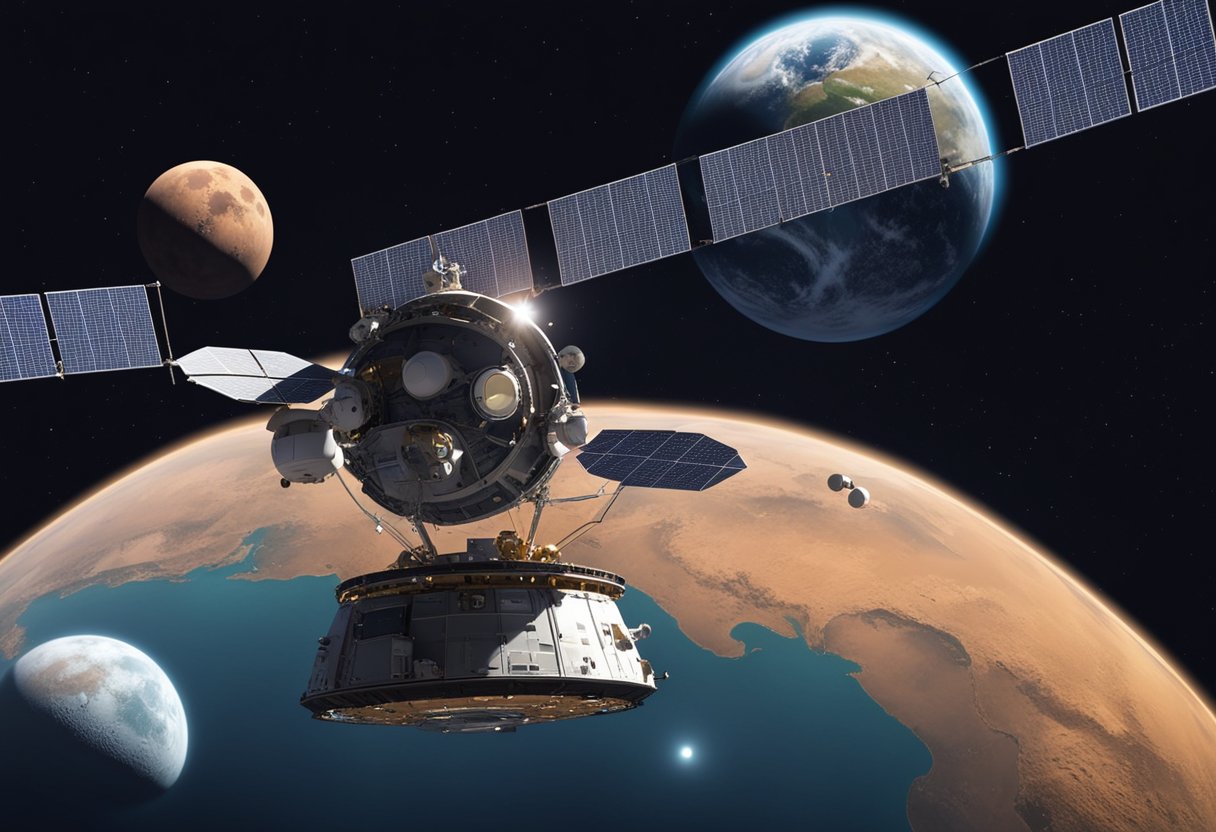
In this section, we address some of the most common inquiries regarding the progress and pivotal moments within space tourism.
One key milestone was the suborbital flights conducted by companies like Virgin Galactic and Blue Origin, offering civilians a taste of space. Additionally, SpaceX’s success in sending private astronauts to orbit has been a significant leap forward.
Virgin Galactic and Blue Origin have both successfully conducted suborbital flights with civilian passengers. Meanwhile, SpaceX has not only ferried astronauts to the ISS but is also preparing for orbital space tourism missions.
Initially, space tourism was a privilege for the ultra-wealthy with multimillion-dollar price tags. However, over time, the cost is anticipated to decrease due to advancements in technology and increased competition in the space sector.
The industry offers the remarkable benefit of democratising access to space for non-astronauts. However, it also poses environmental concerns due to rocket emissions and the potential for space debris.
The ISS’s hosting of private astronauts, such as those flown aboard SpaceX missions, marked the expansion of space tourism from short suborbital trips to more substantial, orbital experiences.
Since 1950, we’ve witnessed a multitude of historic events, including Yuri Gagarin’s 1961 voyage as the first human in space, the Apollo moon landings, and the development of the ISS into a symbol of international cooperation in space.